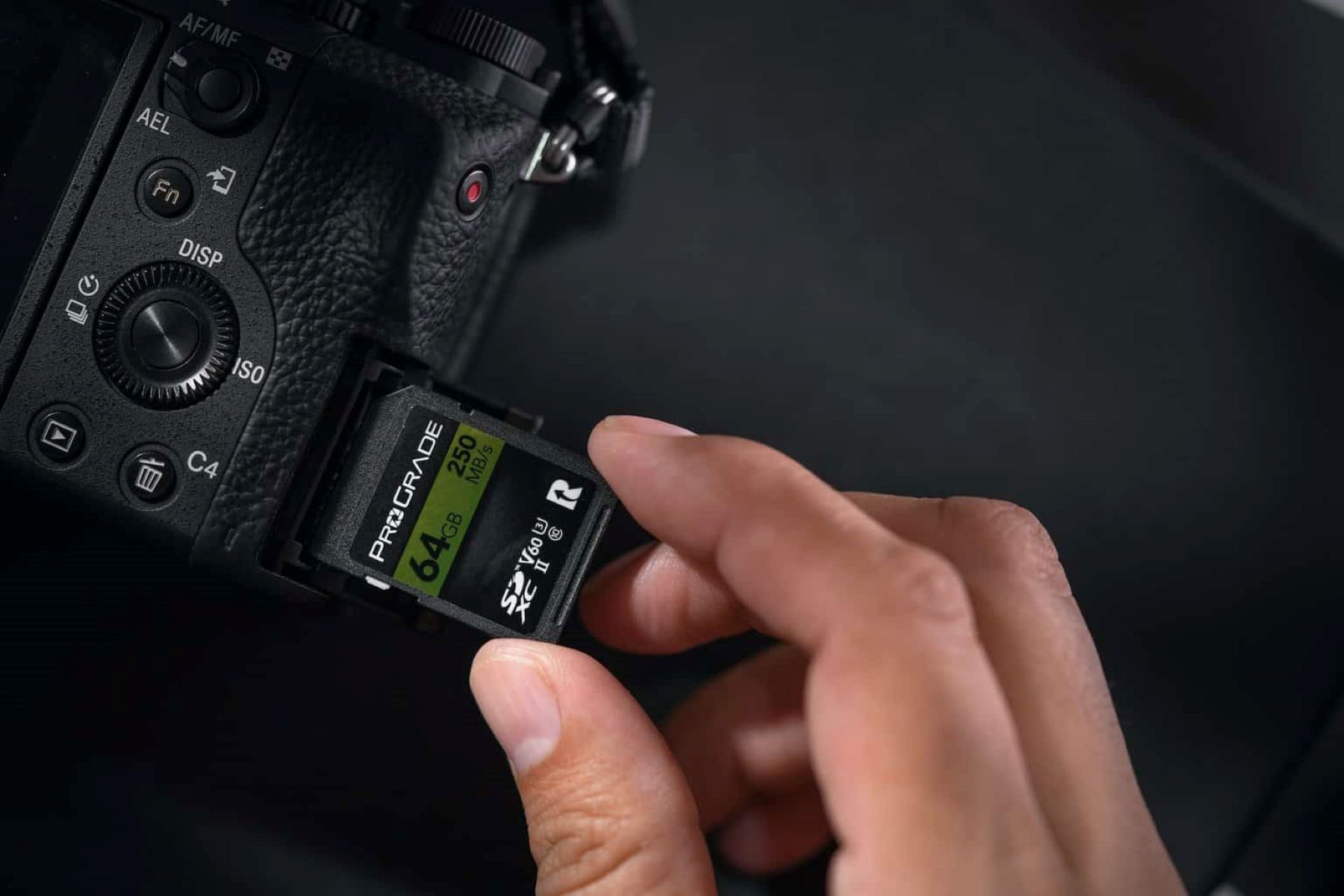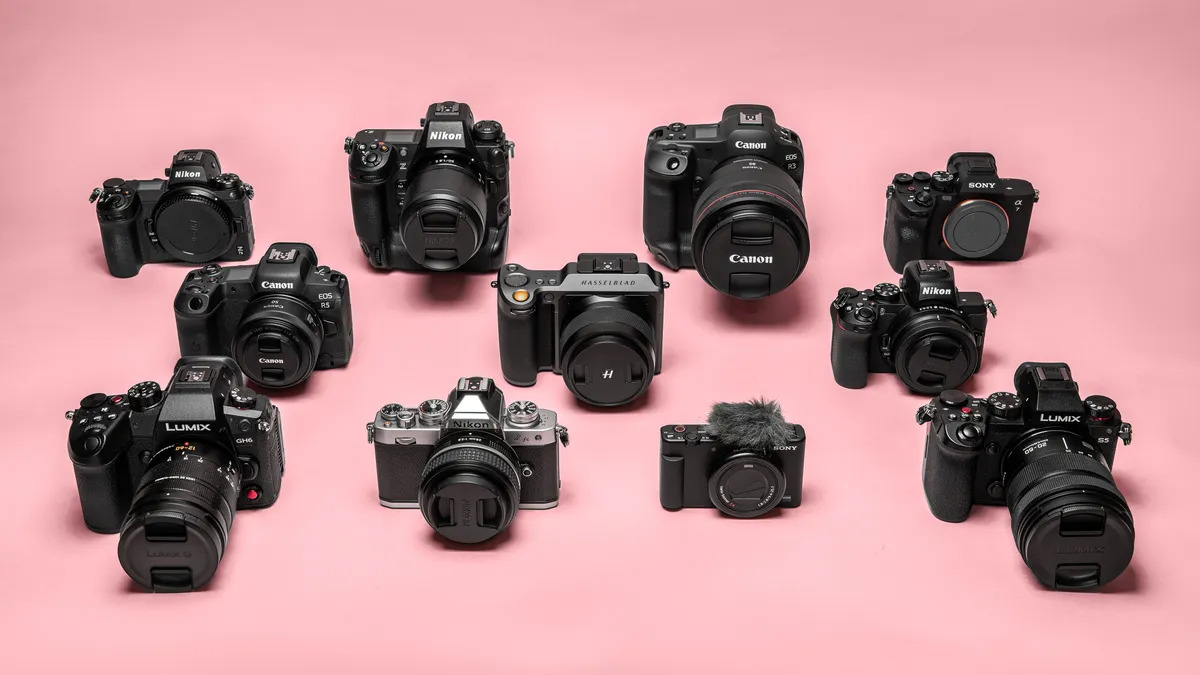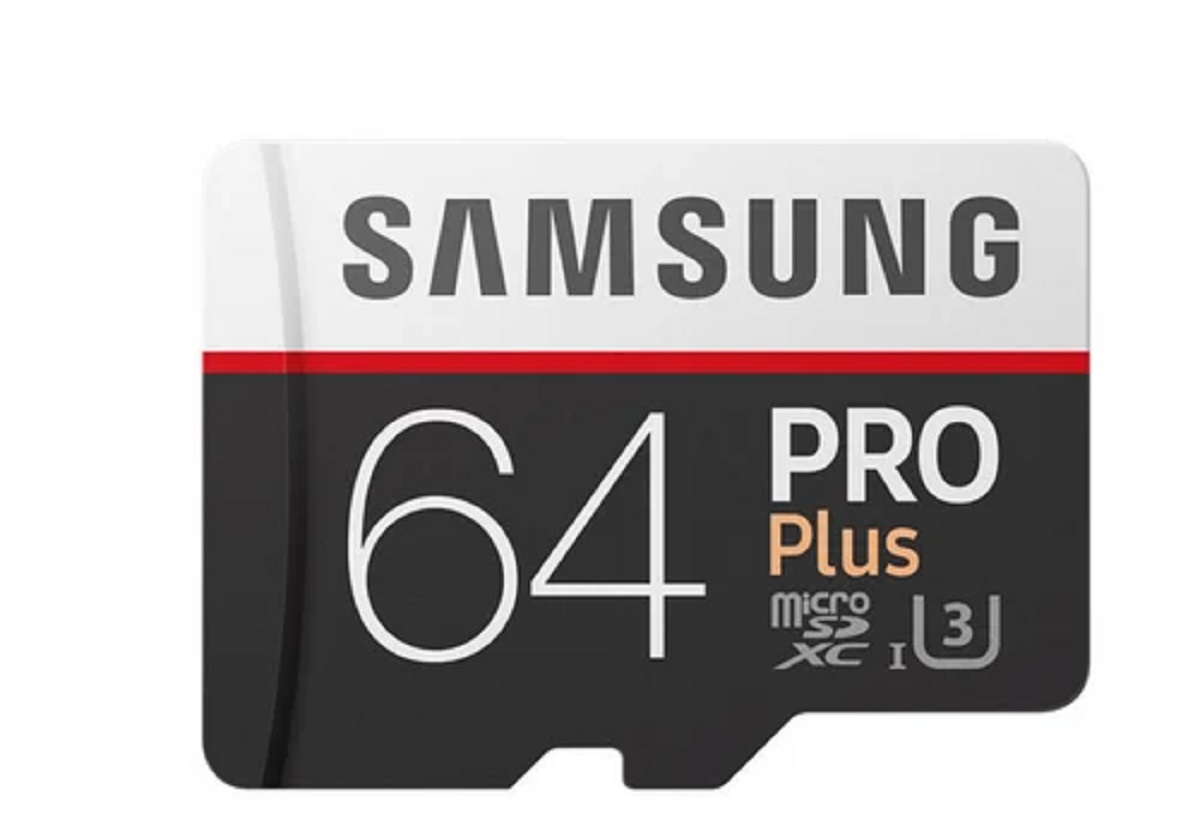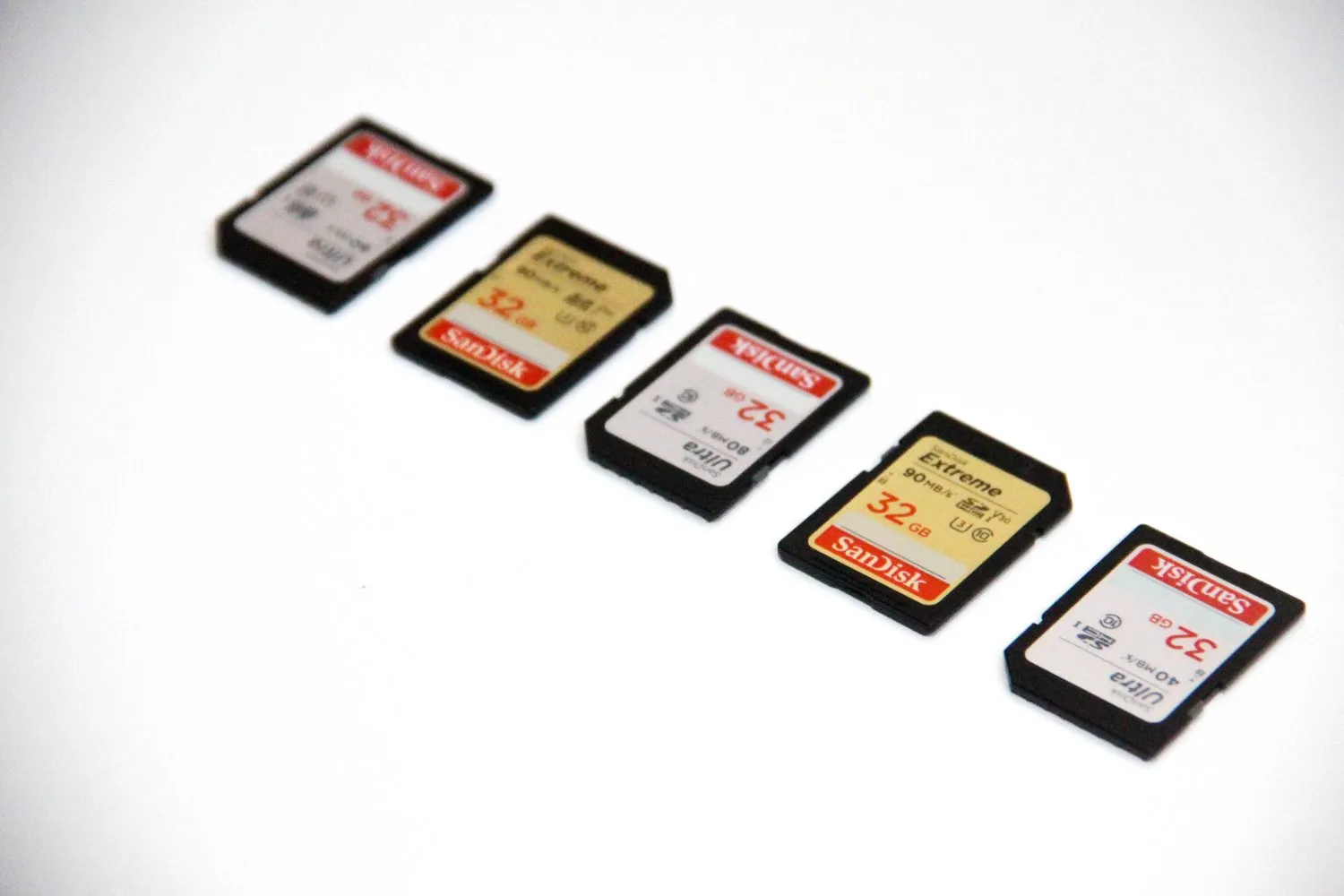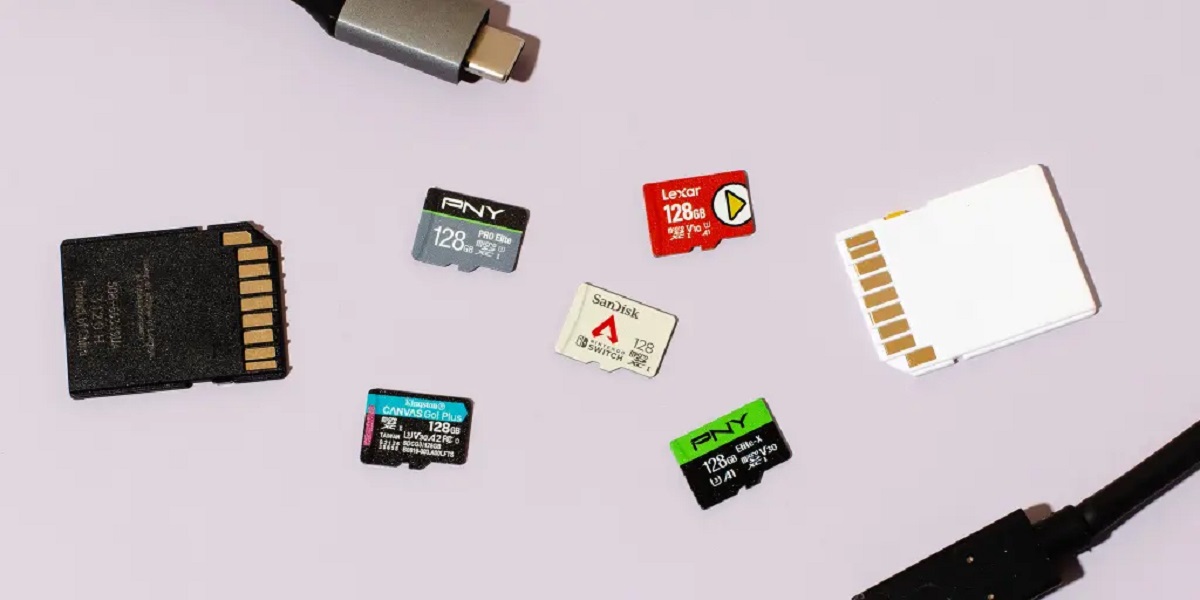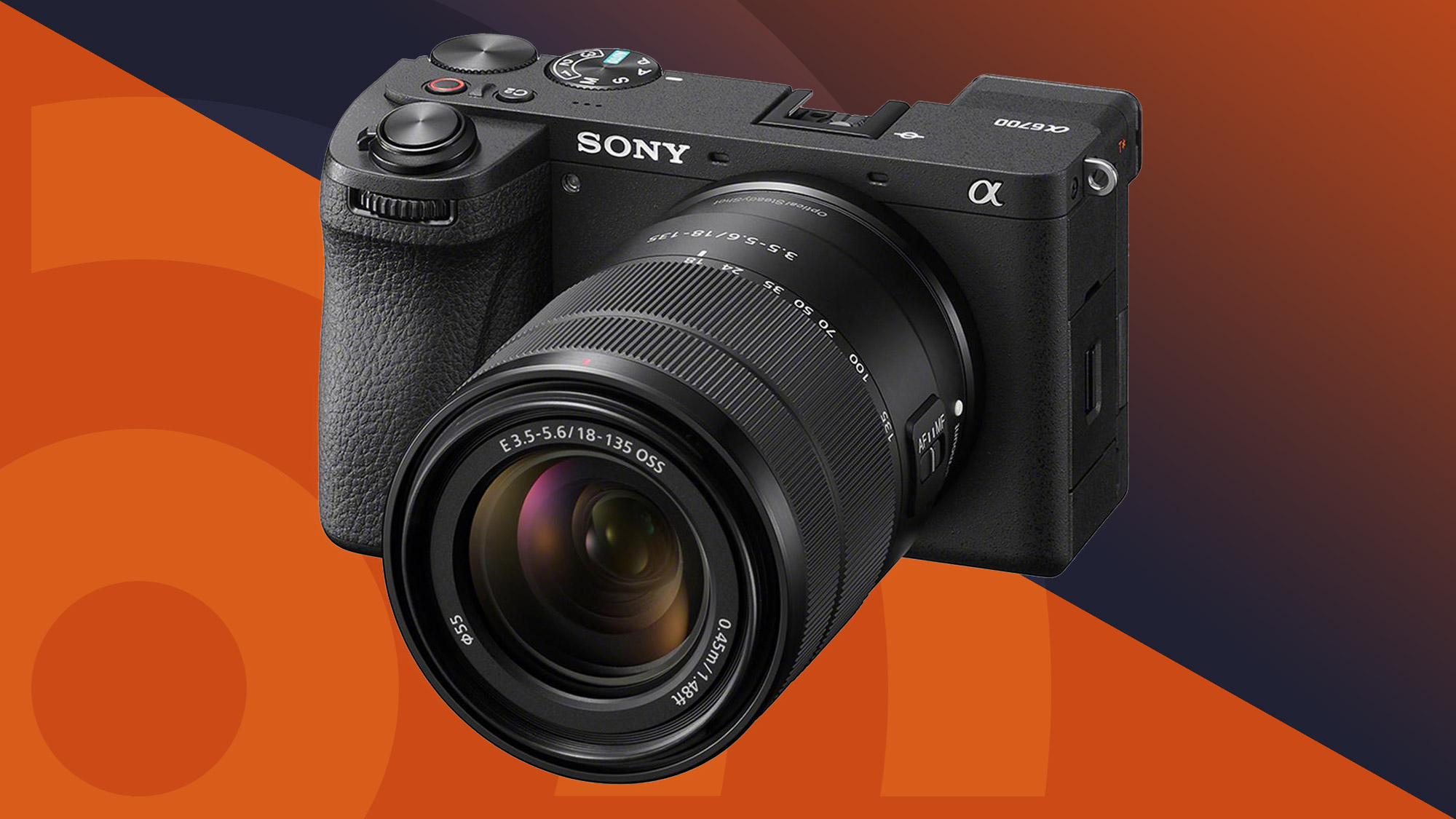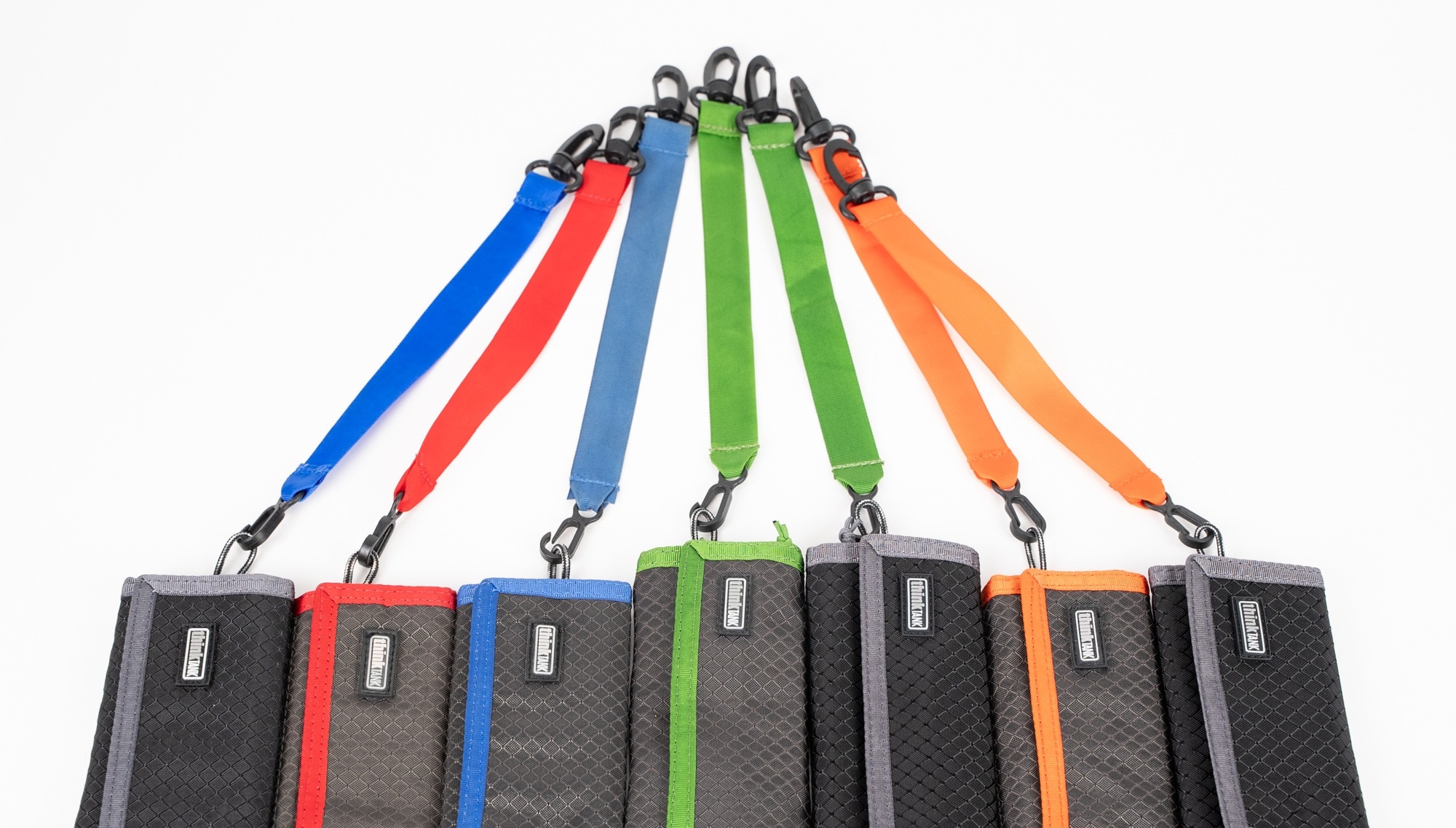Introduction
Are you an avid photographer looking to understand the storage capacity of a 64GB memory card for your DSLR camera? Capturing moments through photography is an art, and ensuring you have adequate storage is essential for uninterrupted shooting. In this comprehensive guide, we will delve into the factors that determine the number of pictures a 64GB memory card can hold for your DSLR camera. By understanding the technical aspects and optimizing your storage, you can make the most of your photography sessions without the worry of running out of space.
A 64GB memory card is a popular choice among photographers due to its ample storage capacity, allowing for the capture of numerous high-resolution images. However, the actual number of pictures it can hold depends on various factors, including file size, resolution, and the specific settings of your camera. To make informed decisions about your photography storage needs, it's crucial to grasp the intricacies of these elements and how they interact with the memory card's capacity.
Throughout this guide, we will explore the nuances of storage capacity, offer tips for maximizing your 64GB card's potential, and provide insights into estimating the number of pictures based on file size and resolution. By the end of this journey, you will have a comprehensive understanding of how to leverage the capabilities of a 64GB memory card to support your DSLR photography endeavors. Let's embark on this exploration of storage capacity and empower your photography pursuits with the knowledge to make informed choices.
Understanding the Capacity of a 64GB Memory Card
Before delving into the specifics of how many pictures a 64GB memory card can hold for a DSLR camera, it’s essential to grasp the fundamental concept of storage capacity. A 64GB memory card, also known as a Secure Digital eXtended Capacity (SDXC) card, is designed to accommodate a substantial volume of data, making it a popular choice for photographers seeking ample space for their digital images.
The “64GB” designation refers to the card’s storage capacity, measured in gigabytes (GB), with one gigabyte equaling approximately one billion bytes. This sizable storage allocation allows photographers to store a significant number of high-resolution images without the need to frequently transfer files to external devices. However, it’s important to note that the actual usable capacity is slightly less than 64GB due to formatting and file system overhead.
When using a 64GB memory card with a DSLR camera, it’s crucial to consider the file format in which the images are saved. Raw files, which contain minimally processed data from the camera’s sensor, typically consume more space than JPEG files due to their uncompressed nature. Additionally, the resolution and quality settings chosen on the camera directly impact the file size of each image, further influencing the card’s storage capacity.
Understanding the technical specifications of a 64GB memory card, such as its read and write speeds, can also provide insights into its performance capabilities when handling a large volume of images. The card’s speed class, often denoted by a number inside a letter “C” symbol, indicates its minimum sustained write speed for recording video content and can be a factor in continuous shooting scenarios.
By comprehending the inherent capacity and technical attributes of a 64GB memory card, photographers can effectively manage their storage needs and optimize the card’s performance to support their creative pursuits. In the following sections, we will explore the factors that influence the number of pictures a 64GB card can hold and provide practical tips for maximizing its storage potential.
Factors Affecting the Number of Pictures a 64GB Card Can Hold
Several key factors influence the number of pictures that can be stored on a 64GB memory card when using a DSLR camera. Understanding these variables is essential for accurately estimating the card’s storage capacity and making informed decisions about photography sessions. Let’s explore the primary factors that play a pivotal role in determining the number of images a 64GB card can accommodate:
- File Format: The choice of file format, such as RAW or JPEG, significantly impacts the size of each image. RAW files, being uncompressed and containing extensive data from the camera’s sensor, consume more space compared to JPEG files. Therefore, the file format selected directly influences the number of pictures that can be stored on the 64GB card.
- Resolution and Quality Settings: The resolution and quality settings configured on the DSLR camera dictate the level of detail and compression applied to each image. Higher resolutions and lower compression ratios result in larger file sizes, subsequently reducing the overall number of pictures the 64GB card can hold.
- Image Complexity and Content: The complexity of the scenes being captured, as well as the content and level of detail within each image, can impact file sizes. Images with intricate details or high contrast may result in larger file sizes compared to simpler compositions, affecting the storage capacity of the 64GB card.
- Shooting Mode and Burst Photography: Utilizing continuous shooting modes or capturing images in rapid succession can lead to a higher number of files being written to the memory card within a short timeframe. This can influence the card’s storage capacity, particularly when shooting in burst mode at high frame rates.
- Metadata and Additional Data: Each image is accompanied by metadata, including details such as date, time, camera settings, and location information. While metadata is essential for organizing and categorizing images, it contributes to the overall file size and should be considered when estimating the number of pictures the 64GB card can store.
By taking these factors into account, photographers can gain a comprehensive understanding of the variables that impact a 64GB memory card’s storage capacity. In the subsequent section, we will delve into the process of estimating the number of pictures based on file size and resolution, providing practical insights for optimizing storage efficiency.
Estimating the Number of Pictures Based on File Size and Resolution
Estimating the number of pictures that a 64GB memory card can hold for a DSLR camera involves considering the file size and resolution of the images. By analyzing these aspects, photographers can make informed assessments of the card’s storage capacity and plan their shooting sessions effectively. Let’s explore the process of estimating the number of pictures based on file size and resolution:
File Size: The file size of an image is determined by various factors, including the chosen file format, compression, and the complexity of the scene being captured. For example, RAW files typically have larger sizes compared to JPEG files due to their uncompressed nature. To estimate the number of pictures, photographers can review the average file sizes of their images or use the camera’s specifications to gauge the typical file size range.
Resolution: The resolution of an image, often measured in megapixels, directly influences the file size and level of detail. Higher resolutions result in larger file sizes, especially when combined with minimal compression. Understanding the resolution settings used for capturing images is crucial for assessing the storage requirements of the 64GB card.
Photographers can employ online calculators or software tools specifically designed for estimating storage needs based on file size and resolution. These resources enable users to input the average file size and resolution of their images, subsequently calculating the approximate number of pictures that can be stored on a 64GB memory card. By leveraging such tools, photographers can gain insights into their storage capacity requirements and plan their photography sessions accordingly.
Additionally, some DSLR cameras provide the option to display the remaining shots or approximate storage capacity on the memory card, based on the current settings and available space. This feature can serve as a real-time indicator, allowing photographers to monitor the card’s capacity during shooting sessions and make adjustments as needed.
By estimating the number of pictures based on file size and resolution, photographers can effectively manage their storage needs and optimize the usage of a 64GB memory card. In the subsequent section, we will provide valuable tips for maximizing the storage capacity of a 64GB card, empowering photographers to make the most of their shooting experiences.
Tips for Maximizing the Storage Capacity of a 64GB Card
Optimizing the storage capacity of a 64GB memory card for a DSLR camera involves strategic approaches and efficient utilization of available space. By implementing the following tips, photographers can maximize the card’s potential and ensure seamless and uninterrupted shooting experiences:
- File Format Selection: Consider the trade-offs between RAW and JPEG formats. While RAW files offer extensive post-processing flexibility and superior image quality, JPEG files consume less space and are suitable for scenarios where extensive editing may not be required. Assess the specific needs of each shooting session to determine the most appropriate file format.
- Resolution and Compression: Adjust the resolution and compression settings based on the intended use of the images. For instances where high levels of detail are essential, higher resolutions may be warranted. However, for web sharing or casual photography, lower resolutions and moderate compression can conserve storage space without compromising quality.
- Memory Card Management: Organize and manage files directly on the memory card to prevent unnecessary clutter and fragmentation. Regularly transferring images to a computer or external storage device can free up space and optimize the card’s capacity for future use.
- Selective Shooting: Exercise discretion when capturing images, focusing on quality over quantity. Thoughtful composition and selective shooting can result in a collection of impactful images while conserving storage space for additional shots.
- Backup and Transfer: Establish a backup and transfer workflow to offload images from the 64GB card as needed. Utilize portable storage solutions or cloud services to create redundant copies of valuable images, allowing for the efficient management of storage space on the memory card.
- Monitoring Remaining Capacity: Regularly monitor the remaining capacity of the 64GB card during shooting sessions. Being aware of the available space enables proactive decision-making, such as adjusting settings or transferring files, to maintain an optimal balance between storage capacity and shooting requirements.
- Utilize Dual Card Slots: If your DSLR camera features dual card slots, leverage this functionality to distribute the storage load across multiple cards. This can provide redundancy and extended shooting capacity, especially in scenarios where a single 64GB card may reach its storage limit.
By implementing these tips, photographers can effectively harness the storage capacity of a 64GB memory card, ensuring that their DSLR cameras are equipped to capture memorable moments without the constraints of limited space. These strategies empower photographers to optimize their shooting experiences and make the most of their storage resources.
Conclusion
Understanding the storage capacity of a 64GB memory card for a DSLR camera is essential for photographers seeking to optimize their shooting experiences. By exploring the technical nuances of storage capacity and the factors influencing the number of pictures a 64GB card can hold, photographers can make informed decisions to support their creative pursuits.
Through a comprehensive understanding of file size, resolution, and the interplay of various settings, photographers can estimate the storage capacity of a 64GB memory card, enabling efficient planning and management of photography sessions. Additionally, by implementing strategic tips to maximize the card’s potential, such as selective shooting, file format selection, and memory card management, photographers can ensure seamless and uninterrupted shooting experiences while making the most of the available storage space.
As technology continues to advance, memory cards with larger capacities may become more prevalent, offering enhanced capabilities for storing high-resolution images and accommodating the evolving needs of photographers. However, the principles of efficient storage management and capacity optimization remain timeless, serving as foundational practices for photographers across various disciplines.
Ultimately, by leveraging the insights and tips presented in this guide, photographers can navigate the intricacies of storage capacity, empower their creative endeavors, and capture moments with confidence, knowing that their 64GB memory cards are equipped to support their artistic vision.
Embracing the intersection of technology and creativity, photographers can embark on their photographic journeys with the assurance that their storage solutions are aligned with their passion for capturing compelling and impactful images.







